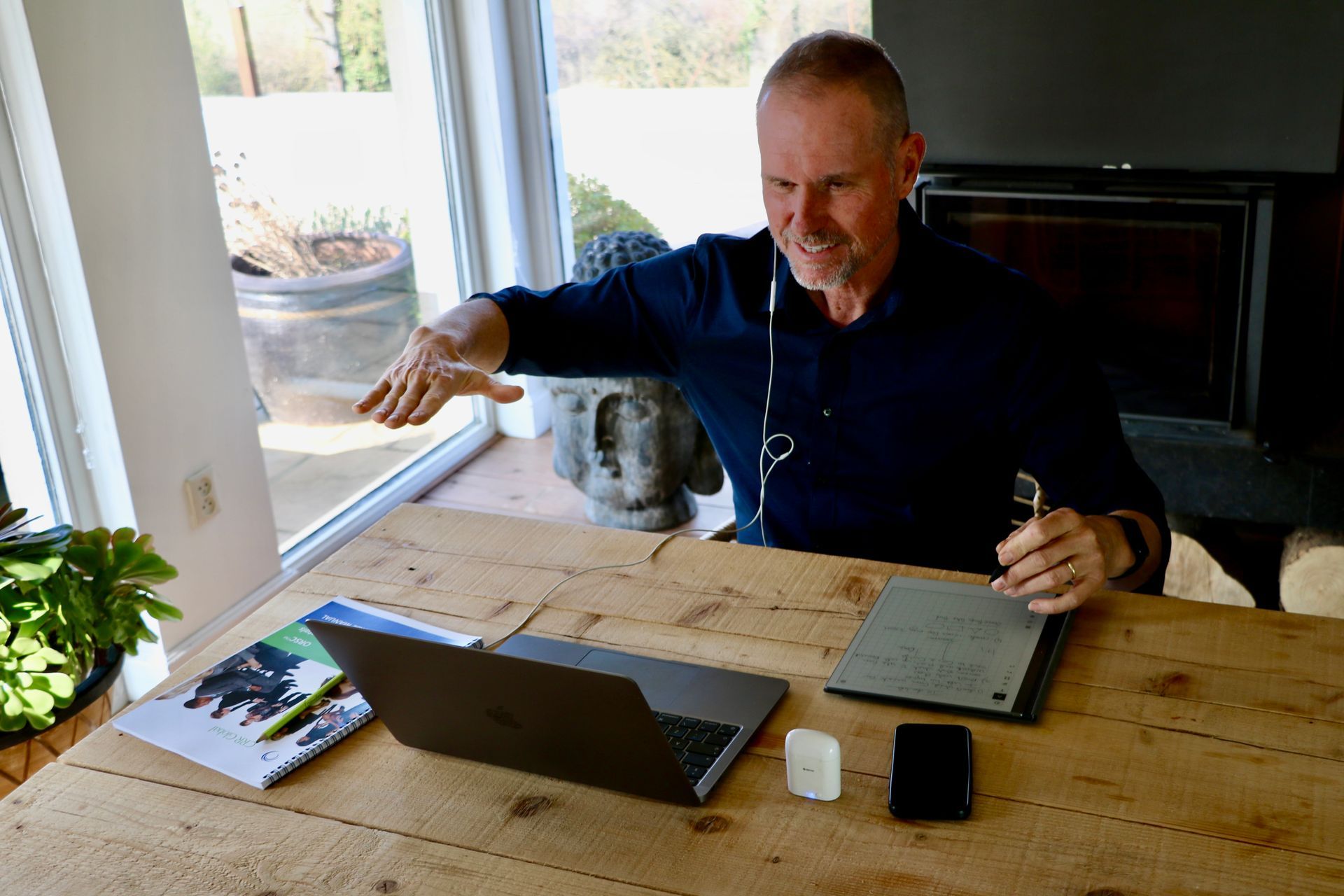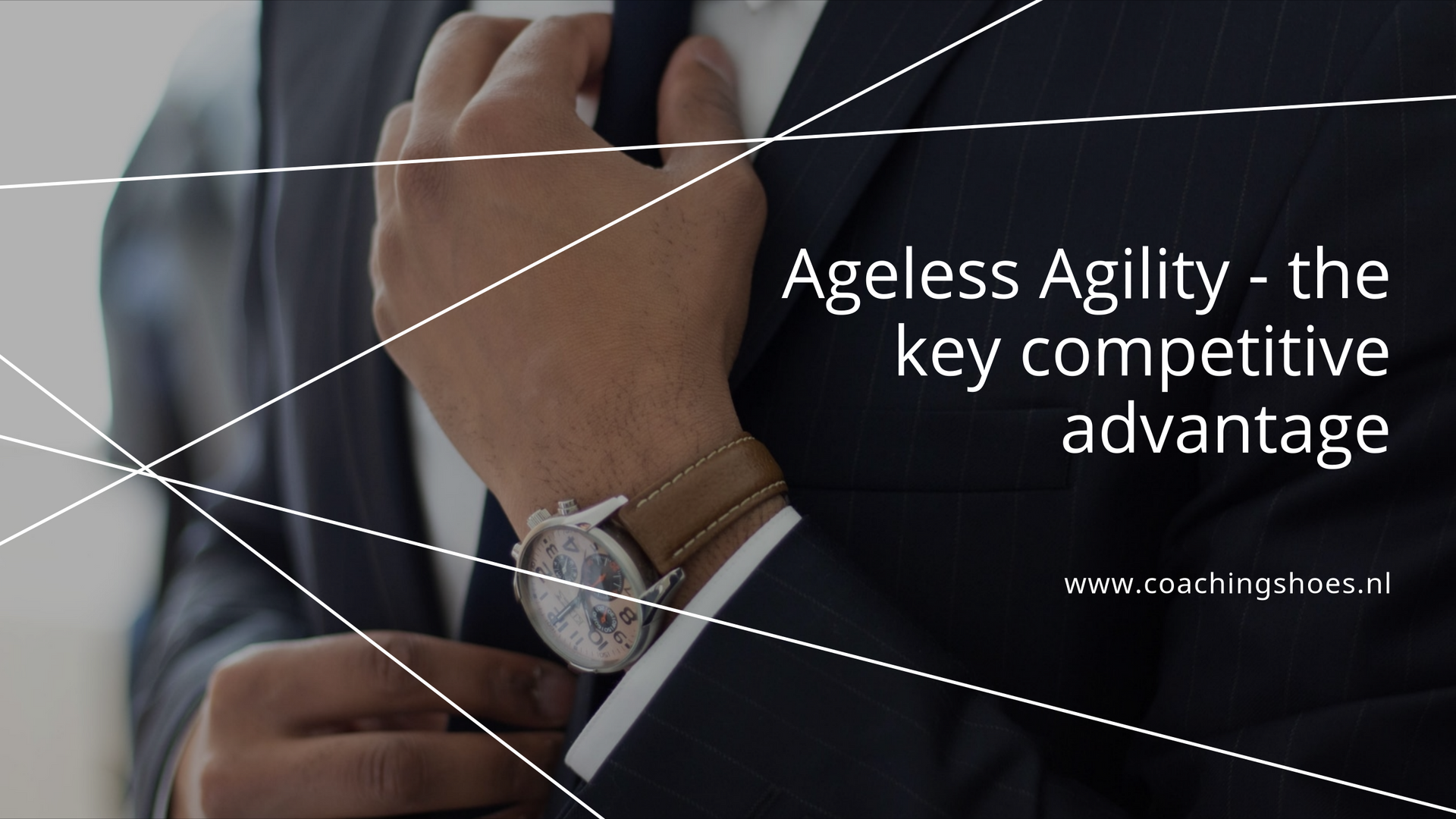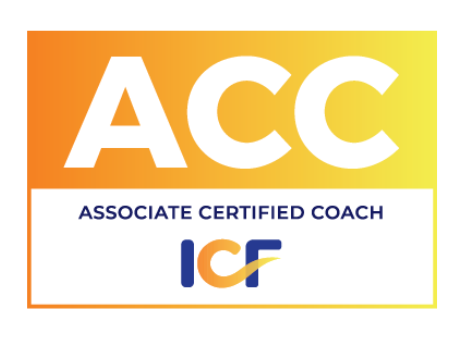Trying on your Leader Shoes
April 8, 2024
Stepping into Leadership Shoes: Overcoming the 5 Biggest Challenges
"I want to move to a leadership role" This is one of the most common coaching scenarios I encounter when working with highly motivated career professionals.
Stepping from an individual contributor into a leadership position is exciting and daunting. You know you have potential but common hurdles can feel overwhelming unless you are prepared.
Let's examine what to expect when you try on your leadership shoes and what the first steps in your new role would look like.
Routines to build your Leadership Mental muscle:
Letting Go of the "Doer" Mentality
- Mindfulness for Trust: Practice a 10-minute reflection meditation, focusing on breath and noticing the urge to control. Remind yourself that your team is capable and that empowerment fosters growth.
Navigating Relationships with Former Peers
- Perspective-Taking Meditation: Find a quiet space and spend 5-10 minutes visualising yourself in the position of a former peer. Consider their feelings and potential concerns about the shift in your role. This helps build empathy and guides how you communicate the transition.
Seeing the Big Picture
- The "Zoom Out" Exercise: When feeling bogged down in details, dedicate a few minutes to literally "zoom out." If you're staring at a spreadsheet, stand up and look out the window. Mentally zoom out from the task to your team, department, and organisation to regain perspective.
Having Difficult Conversations
- Compassionate Pre-Talk: Take 2 minutes to practice self-talk before a difficult conversation. Recognise that the conversation intends to help, not harm. This reduces internal resistance and enables you to approach the situation with more positive energy.
Battling Imposter Syndrome
- Reframing Self-Talk: Notice when negative thoughts like "I'm not good enough" arise. Challenge them by reframing, "I'm still learning, and growth is part of the journey." Write down these positive thoughts on sticky notes as reminders throughout your day.
Remember:
Consistency is Key. Even brief mental fitness exercises make a difference if practised regularly. Find out what works for you. Explore techniques that resonate with you. Mental fitness strengthens your foundation, making it easier to apply the practical leadership skills you're developing.
John@coachingshoes.nl
LET'S TALK
Ready to take that first step and try on your Coaching shoes.
Contact me for that
First Free Test Run
Share Coaching Shoes





